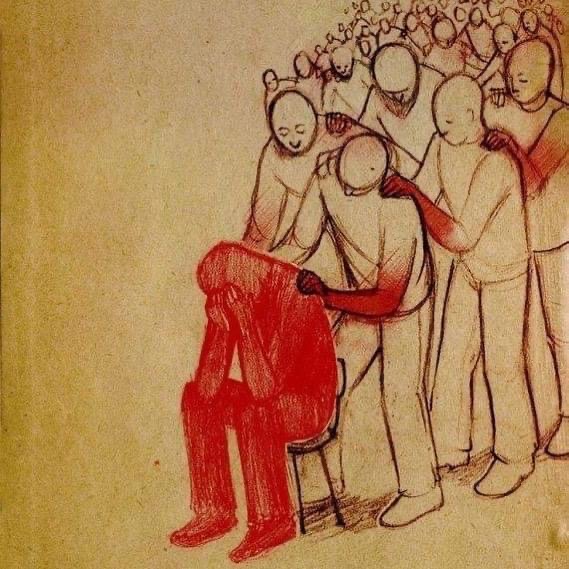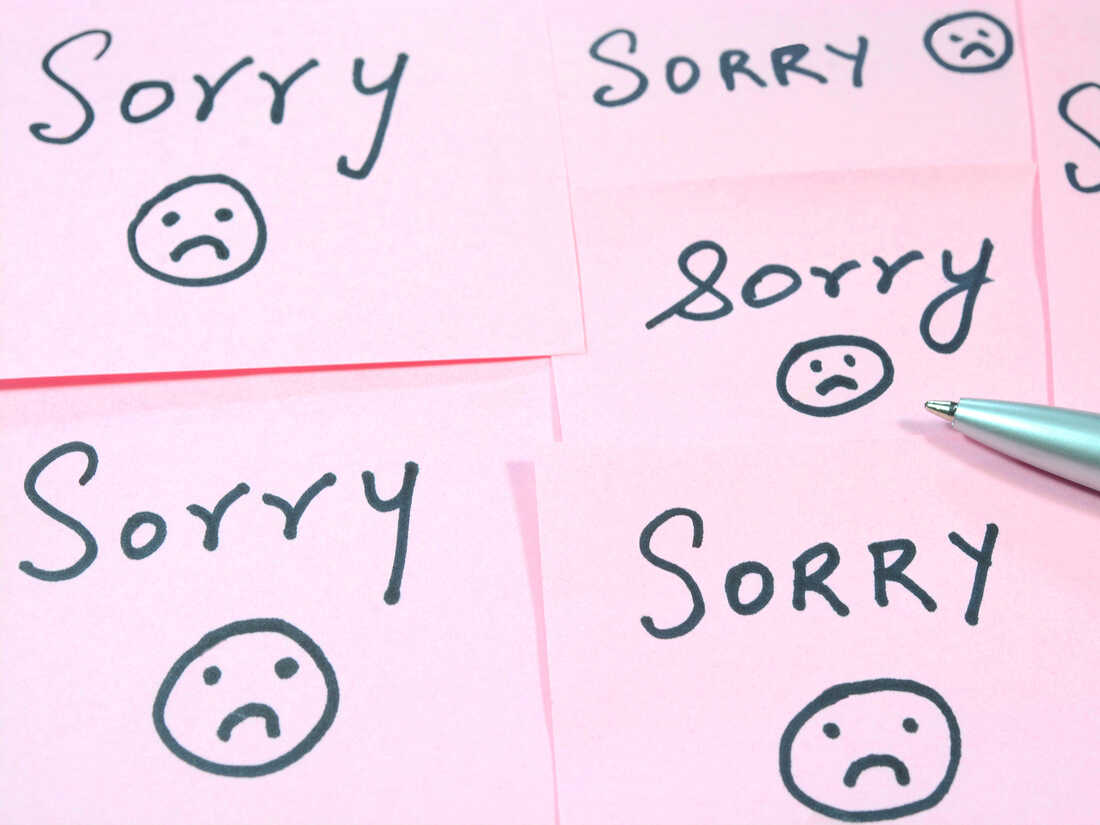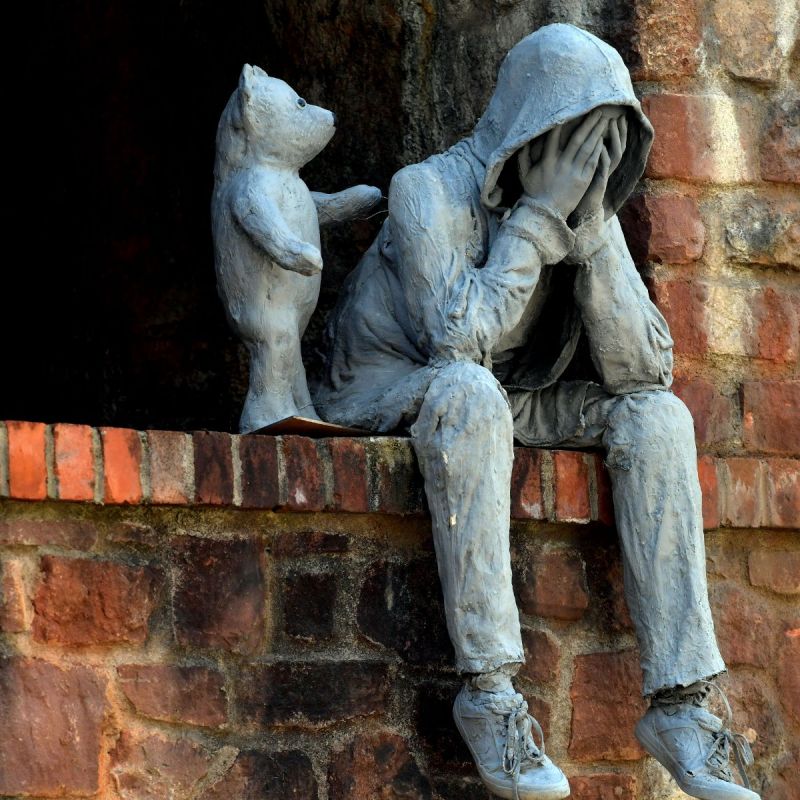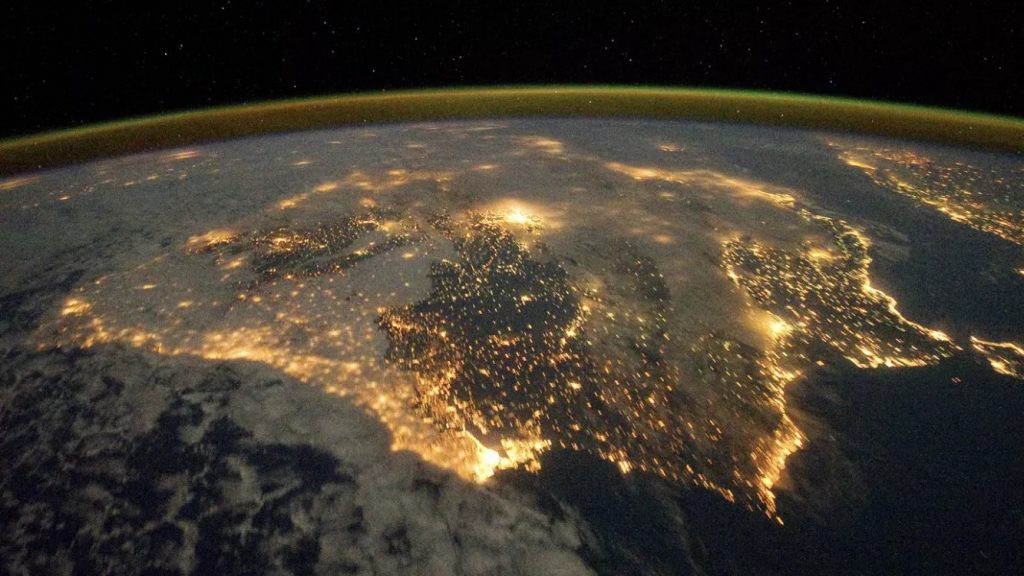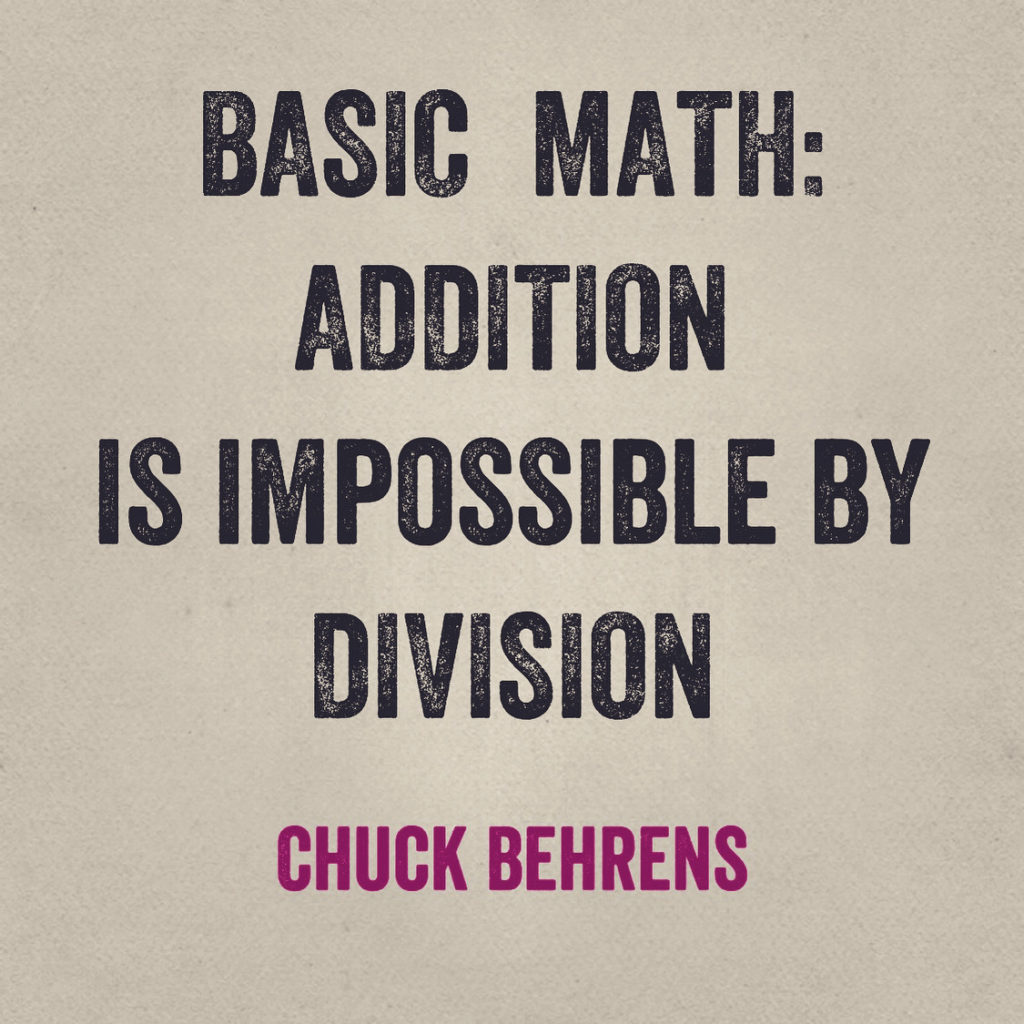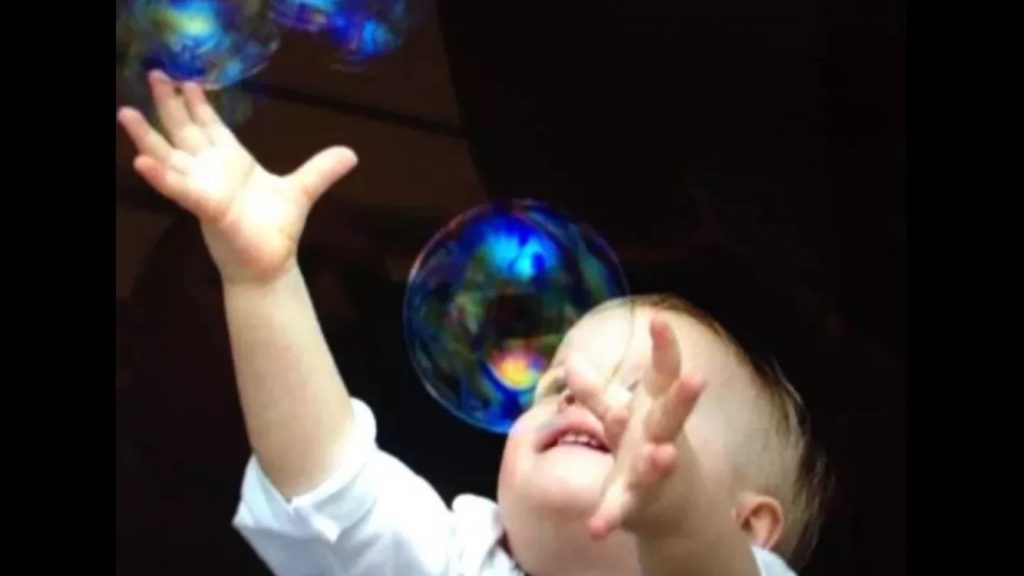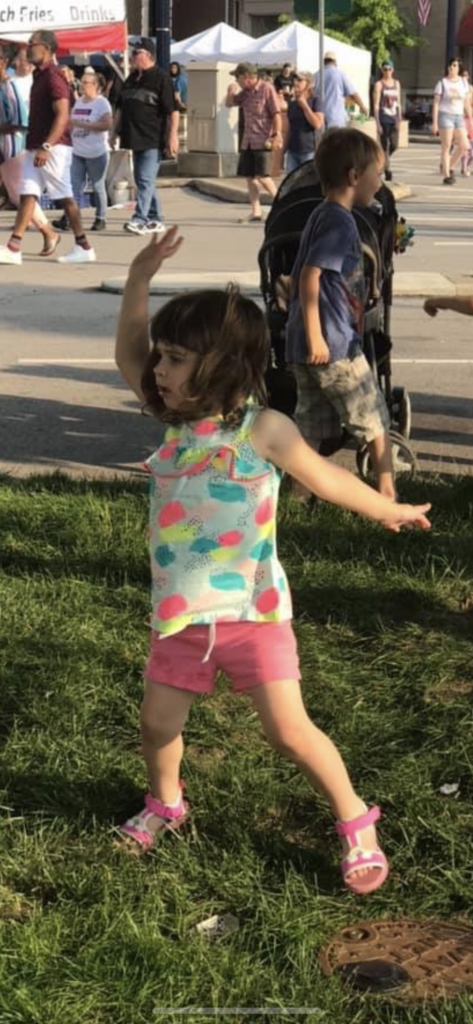I first saw this video about 12 years ago and actually shared it in a blog post here about 10 years ago and then as now. . .it’s timeless;
Often when I’m giving a presentation or workshop of “Palliation For The Soul,” I show this film clip.
I believe I’m the only bald man that actually buys Pantene Shampoo because I love what this makes us feel.
Every day, several times a day, we have opportunities to be Victors or Victims. Sometimes those lines blur seamlessly so it’s almost impossible to tell the difference between the two. And then we don’t look, so much as Feel. . .Experience the Difference.
When’s the last time, just by showing up, your life became EXTRAordinary? We all have the capabilities of inviting, making, allowing the very best of our lives to Shine and yes, it often does that best on our darkest days, our bleakest, grayest moments.
Make your Life ExtraORDINARY. Play your own Music. Be the Instrument that everyone needs in their Orchestra and then direct your Symphony to include everyone. Be a Caring Catalyst enough to bring your Life Shine to the Shadows that lurk and haunt; Not just Today, but especially THIS DAY!
See. Be. Free that Luminosity Beaming to get out of you. . . .




